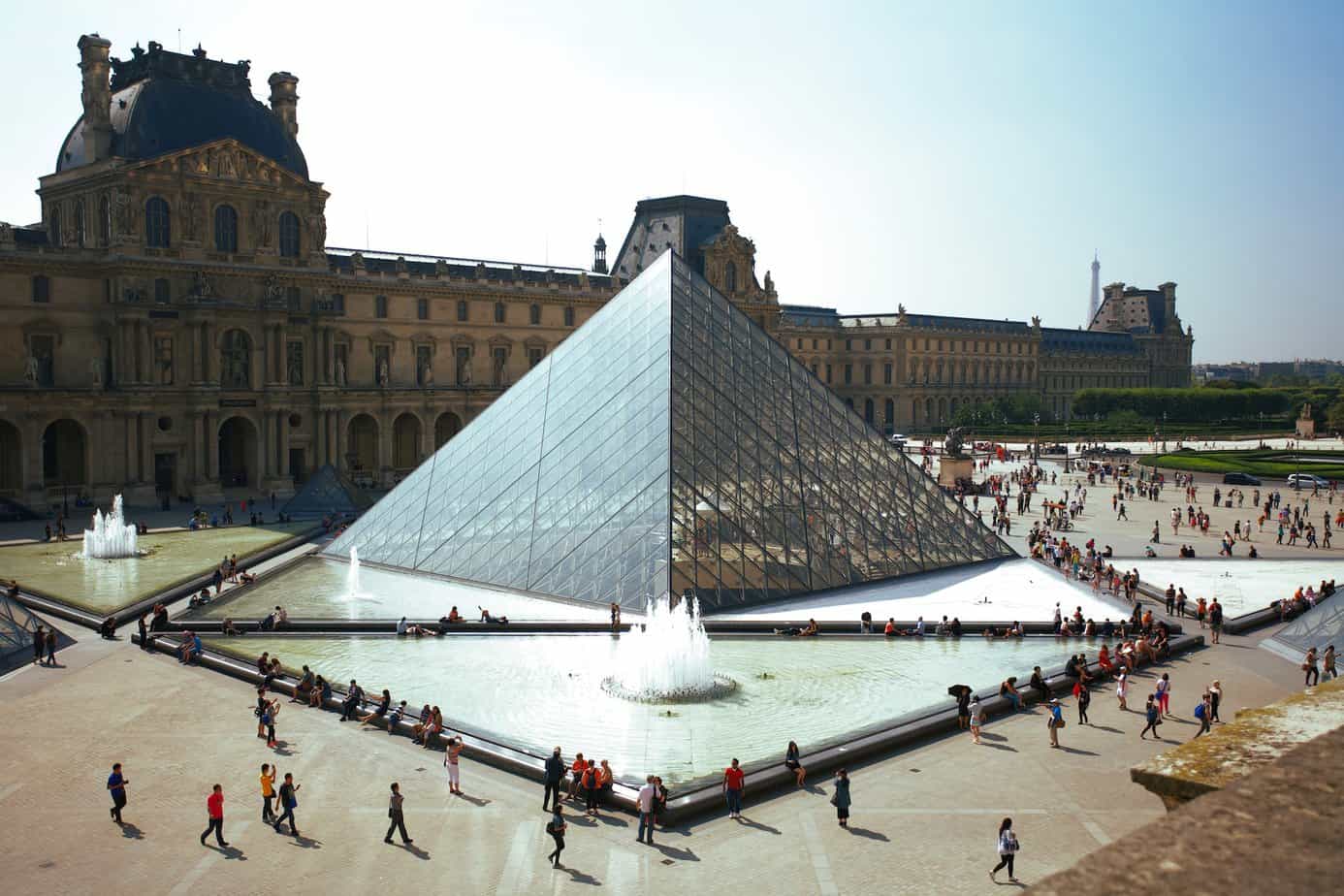
A visit to one of the most famous museums in the world is a must stop on your itinerary when visiting Paris. How do you prepare for this visit?
While it may seem that a visit to a museum, especially one without interactive attractions, will be quite short, this impression is definitely wrong in the case of the Louvre. The Paris art museum covers a very large area, so it is worth reserving a whole day to visit it. It is known that you do not spend 8 hours on one object, however, the area where the Louvre is located is quite large and it takes quite a long time to see all the exhibitions.
What’s more, you have to add to your sightseeing time standing in line at the entrance, as well as several minutes to get to the most famous object, Leonardo Da Vinci’s painting “Mona Lisa.” Queues are an integral part of a visit to the Louvre, so it’s worth having patience and standing your ground quietly, without any additional time pressure.
The museum’s opening hours are fixed, but it is worth checking them carefully on the official website of the institution before visiting. The Louvre is not open every day. What’s more, it’s also worth checking the calendar to see if a national holiday falls on the day of your visit, as the museum may also be closed then. Normally, the Louvre is closed every Tuesday. On Wednesdays and Thursdays it is open to the public from 9 am, and the last visitors are allowed in until about 9:30 pm. On other days the Louvre is open from 9 am to 6 pm.
As for ticket prices, you should also check them on the museum’s official website. Through the official portal, you can also purchase relevant tickets in advance. Several types of discounts are available to visitors, but the most attractive ones are free tickets, which are available to citizens of the European Union up to the age of 26.
There is a small restaurant and several cafes on the museum grounds, but due to the heavy traffic, you often have to wait there in quite long lines. To reduce the waiting time, it’s a good idea to take some small snacks and a bottle of drink in your backpack. Sightseeing time can last up to several hours, so stock up on essentials.
While on the surface this advice may sound like a tip when visiting the mountains, the Louvre can prove to be an equally challenging tour. The entire museum covers more than 60,500 meters over several floors and a total of about 350,000 works of art. The route is long, filled with other visitors, and it’s easy to get lost while traversing it. That’s why, in addition to comfortable shoes and a drink, it’s a good idea to equip yourself with a map of the entire facility. An electronic guide can be downloaded to your phone. Free paper maps, prepared in several languages, are also available at the entrance to the museum. Unfortunately, a map in Polish is missing among them, but the numbering system for specific rooms should be clear enough that it won’t be a big problem during the tour.
main photo: unsplash.com/Daniele D’Andreti